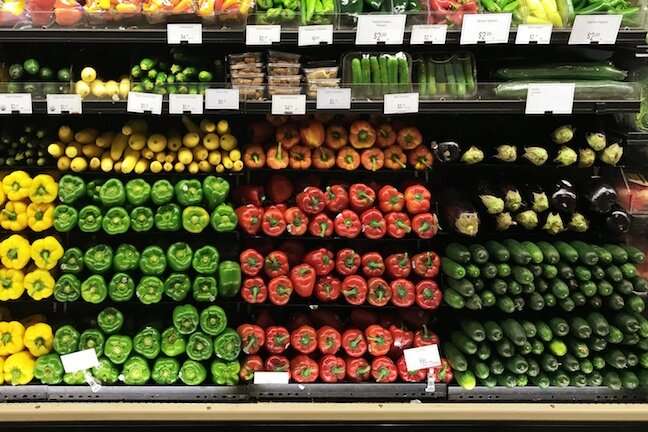
Many lower-income and racially diverse communities in the U.S. lack easy access to healthy foods from large grocery stores. Instead, residents must often shop in small convenience stores, which tend to stock only limited quantities and varieties of nutritious foods. In 2015, Minneapolis became the first city in the U.S. to require food stores—such as food-gas marts and convenience stores—to stock certain types and quantities of healthy foods.
A new study from the University of Minnesota School of Public Health evaluated the effectiveness of the policy and found stores have increased the availability of healthy foods offered over the past five years. However, researchers suggest these gains may not be due to the ordinance, but rather other factors instead. The study was recently published in the International Journal of Behavioral Nutrition and Physical Activity.
The researchers inspected the healthy food offerings in local stores in Minneapolis and compared them to neighboring St. Paul. They evaluated healthy food selection based on availability, price, quality, product placement and other measures. They also interviewed customers about their purchasing choices and the foods they currently have at home.
The study found:
- retailers significantly increased quantity of healthy food offerings over time in both Minneapolis and St. Paul, with no significant differences in change between the two cities;
- complete compliance with the 10-point ordinance was low: by 2017 only 10% of Minneapolis corner stores, gas stations, pharmacies and dollar stores were fully compliant, and 51% of participating retailers met at least eight of the 10 required standards;
- few changes were found in customer purchases of healthy foods or the healthfulness of home food environments among frequent shoppers, and changes were not different between cities.
"Healthy options are increasing in corner stores, convenience stores and other limited assortment food retailers," said study lead author and Professor Melissa Laska. "Given that these stores significantly improved healthy food offerings in Minneapolis as well as St. Paul, several scenarios are possible. One, it's possible that the policy had an effect in Minneapolis and there was a spillover effect to St. Paul. However, it's also possible that this represents a general trend in the marketplace that's not attributable to the ordinance."
As for why customers didn't increase their purchases of healthy foods, Laska said the cause may be that many stores still aren't in full compliance with the ordinance and offering a full range or stock of healthy foods.
"Also, we still have work to do in changing people's perceptions of shopping in these kinds of stores," said Laska. "People don't normally expect to find healthy food in convenience stores, so they wouldn't make it a point to stop in there to buy those kinds of foods."
Laska added that to make further gains through the ordinance, many of these retailers—especially small, independently operated food retailers—need continued support to stock healthy food, and particularly, perishable food. In Minneapolis, the city health department provided a significant amount of training, individual store visits and consultation, merchandising equipment, and low-interest loans for store enhancements (e.g., additional refrigeration/freezer space). The city also assisted with connecting stores with a distributor that could meet the specific needs of these stores.
The Minneapolis City Council recently revised the product requirements for the ordinance based on the results of Laska's study as well as research by the Minneapolis Health Department. The ordinance was improved to make it easier for retailers to be in compliance with the policy and also updated for retailers who serve different cultural communities.
Explore further
Citation: Study finds city convenience stores increased healthy food options, improving access in low-income areas (2019, October 11) retrieved 11 October 2019 from https://medicalxpress.com/news/2019-10-city-convenience-healthy-food-options.html
This document is subject to copyright. Apart from any fair dealing for the purpose of private study or research, no part may be reproduced without the written permission. The content is provided for information purposes only.
Bagikan Berita Ini














0 Response to "Study finds city convenience stores increased healthy food options, improving access in low-income areas - Medical Xpress"
Post a Comment